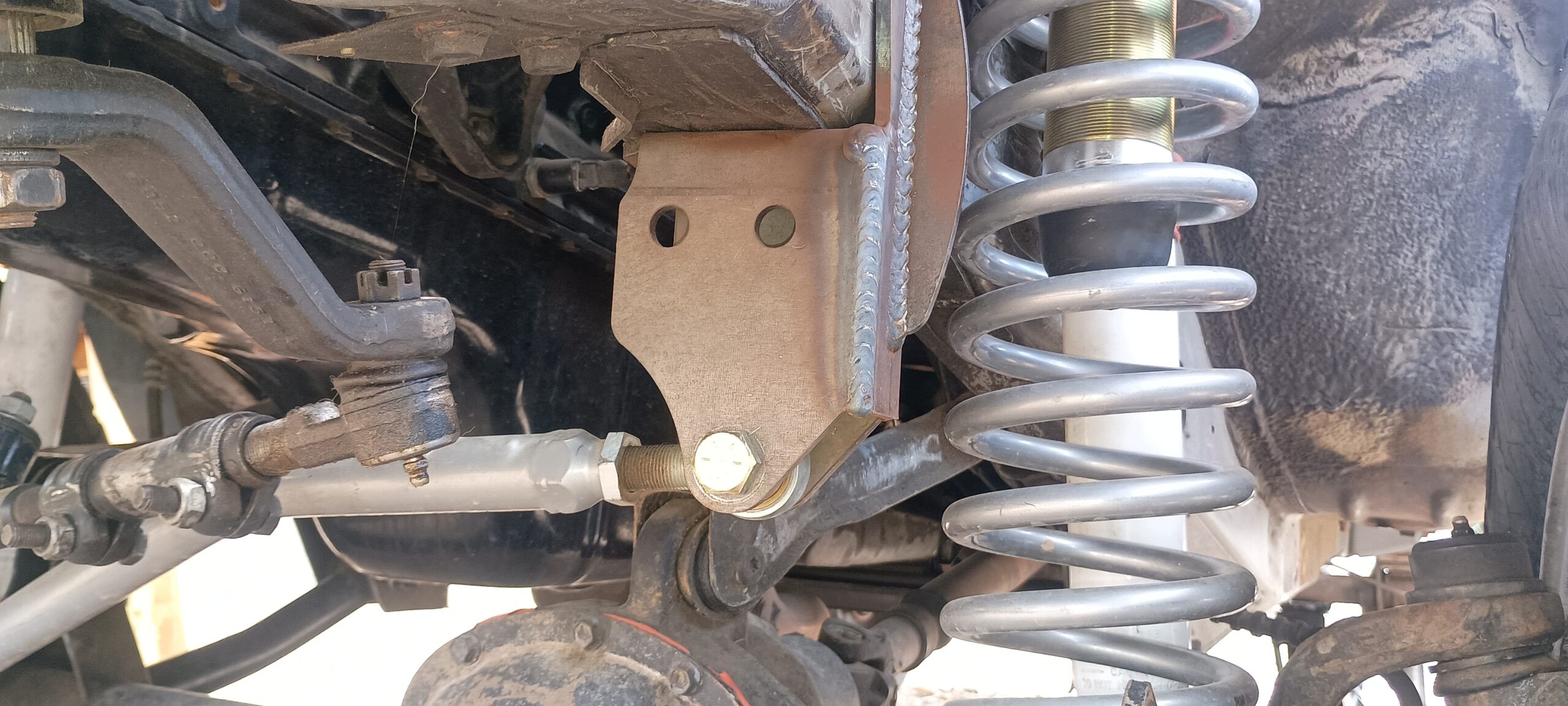Most public land users in the West consider state control of public lands a scary idea. The concept is plagued by an era in U.S. history where special interests gained control of large swaths of land before the American Civil War, and states have sold off state trust land, leaving nothing for the common person. However, state control and management of public lands does not mean these lands would lose federal protection. Rather, it means the impact of federal policies would be significantly reduced, with a greater emphasis on the application of state laws. The federal government should maintain an interest-only jurisdiction, while the state grants legislative jurisdiction in areas where federal judicial and executive powers are applicable.
Currently, state laws already grant the federal government concurrent legislative jurisdiction over national parks and certain dams. This allows federal agencies to enforce both their regulations and state laws in these areas. This arrangement is constitutional, as the guidelines for legislative jurisdiction are clearly outlined in the U.S. Constitution.
State control of federal public lands is crucial for several reasons, particularly for 4×4 enthusiasts and other outdoor recreation groups who prioritize open access to these lands. Issues like vandalism, trash, theft, campfires, target shooting, and motor vehicle misuse are widespread because the inherited nature of free will, which is not a bad thing, allows for bad decisions. Despite the persistence of these problems, there is minimal intervention because of the misapplication of power and the misunderstanding of how state law governs public lands. State control could mitigate these issues through the enforcement of local laws and ordinances by state and county authorities.
Moreover, local 4×4 clubs and other community organizations could play a more active role in maintaining trails, recreational areas, interpretive sites, off-highway vehicle (OHV) areas, campsites, and other amenities. These groups could collaborate directly with public works departments, road maintenance crews, and local lawmakers to improve roads within the public domain without red tape. Trash could be removed, abandoned vehicles could be towed, historical sites could be restored, and roads could be maintained with a simple maintenance agreement with the county.
Under state control, the existing motorized access restrictions imposed by federal agencies that have closed 50–60 thousand miles of roads on public lands in Arizona would be eliminated in favor of existing state laws that protect access. Arizona Revised Statute 37.931, which protects the vast majority of roads on public land, guarantees that the closure of roads built before October of 1976 must follow the same process as closing a county road or through a court of competent jurisdiction. State laws protecting RS2477 roads should be strengthened and implemented through all bureaucratic state agencies dealing with environmental policies.
Public land policies should be created by the state legislature and implemented through state agencies with robust checks and balances. Independent, self-funded agencies like the Arizona Game and Fish should be transformed into state-funded agencies accountable to elected representatives, who would control its budget. The state could fund public land management by taking over revenue streams currently generated by federal agencies, such as mining claims, grazing fees, permits, licenses, and entrance fees.
Management would be split between state and county authorities that already perform the necessary functions for land management. Existing federal district field offices could be staffed by state and county employees from Arizona Game and Fish, Arizona Parks and Trails, Arizona Geological Survey, Arizona Mines and Minerals, Arizona Department of Forestry, county sheriffs, public works departments, county engineers, and other state and county agencies to fulfill managerial duties. Existing campgrounds, trailheads, OHV areas, and other developed areas would be under the direct management of state and county governments.
Constitutional Basis for State Control
The U.S. Constitution requires states to grant legislative jurisdiction to the federal government for the enforcement of executive and judicial powers over land within a state. It also limits federal land ownership to 10 square miles (Washington, D.C.) and “forts, ports, and needful buildings.” For the federal government to exercise jurisdiction over land outside these areas, the state must pass legislation granting such authority.
In Arizona, the state already grants concurrent legislative jurisdiction to the federal government over some national parks and dams. This arrangement is constitutional and reflects the proper process for federal authority over land. However, outside these areas, federal agencies like the U.S. Forest Service and Bureau of Land Management (BLM) lack constitutional authority unless legislative jurisdiction has been granted by the state. This means 99% of the federally owned land in the United States, including Arizona, is already subject to state law.
As a result, the extensive federal regulations imposed by land management agencies are not applicable to the majority of public lands. These agencies are acting outside their constitutional authority, and their regulations should not apply where legislative jurisdiction has not been granted by the state.
Balanced Oversight With Interest-Only Legislative Jurisdiction
Interest-only legislative jurisdiction would mean that the federal government retains a limited role in overseeing how states manage public lands, with a focus on maintaining certain checks and balances. The federal government’s interest would primarily revolve around ensuring a constant and reliable supply of minerals and timber from public lands, which inherently demands the retention of vast amounts of land for the public benefit. This model allows for the extraction of natural resources while reducing the overarching federal control, shifting more authority to the states in managing these lands.
Under this framework, the federal government would act as a servient estate, holding only a supervisory role to ensure that state policies do not hinder its vested interests in the land, such as facilitating resource extraction. The state would function as the dominant estate, with the authority to manage the land as it sees fit, provided it does not impose undue burdens on federal interests. This approach ensures that federal oversight is limited but still present to prevent potential mismanagement by states, offering a balanced governance model that respects both state sovereignty and federal concerns.
Restoring State Authority
Restoring state control over public lands would not require drastic changes. The legal framework already exists but is simply ignored. Federal land management agencies must be held accountable and limited to enforcing regulations only within areas where the state has granted them jurisdiction. Outside of these areas, their role is limited to interest-only legislative jurisdiction, and they are bound by that principle.
It’s time to restore the Republic by reaffirming the constitutional balance of power between the states and the federal government. State control over public lands ensures better management, improved recreational access, and adherence to the principles of self-governance that are foundational to our nation. Similarly, the federal government can, and should, retain limited authority and oversight. This would not constitute a fundamental shift in land policy. It would simply be a restoration of the foundational principles that were practiced just 80 years ago.
Organized motorized clubs, state politicians, state bureaucrats, and public land users should embrace these foundational principles to address the common concerns over public land use and management. Our constitutional republic will not properly function until we completely embrace the principles upon which we were founded.
















